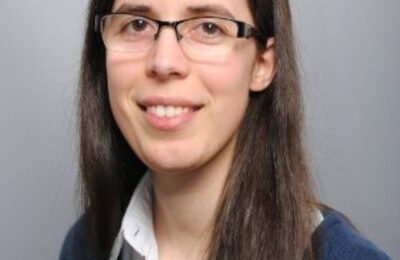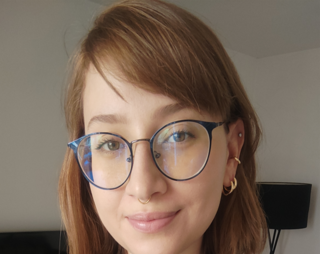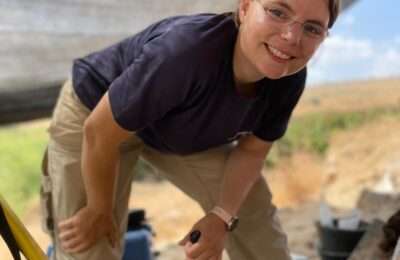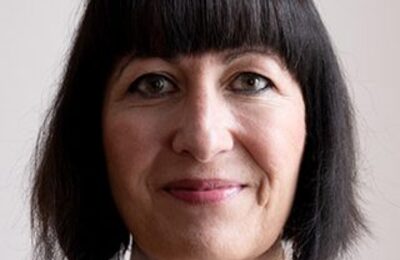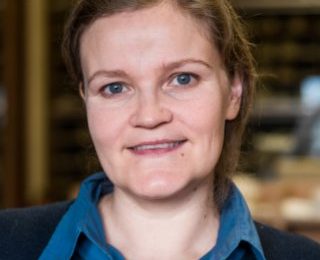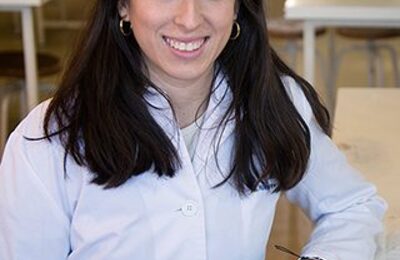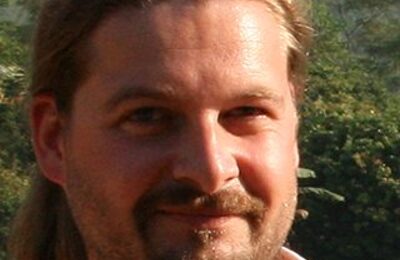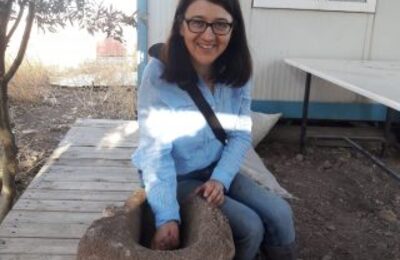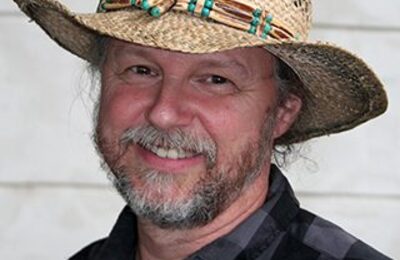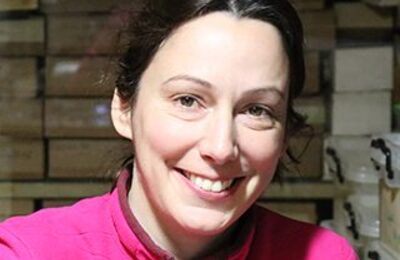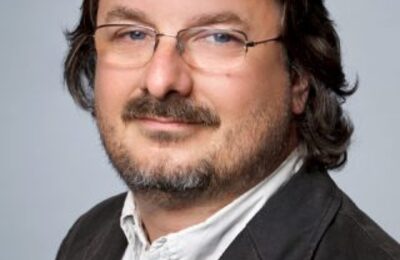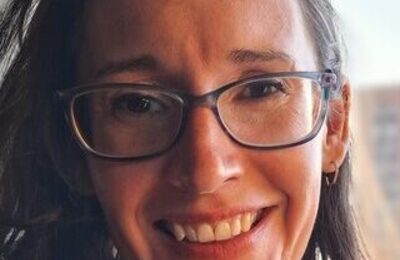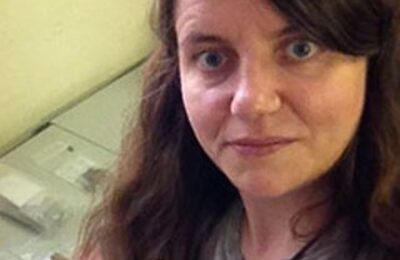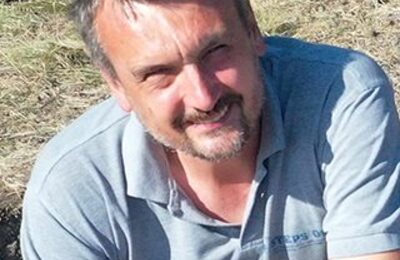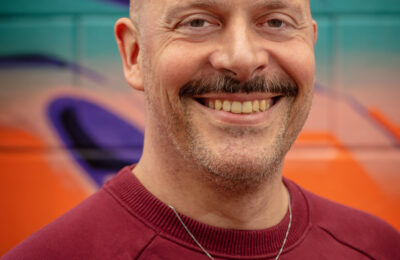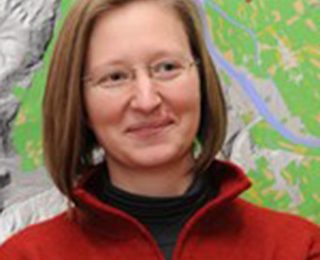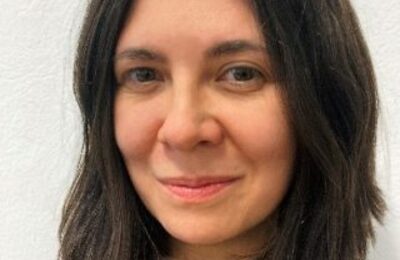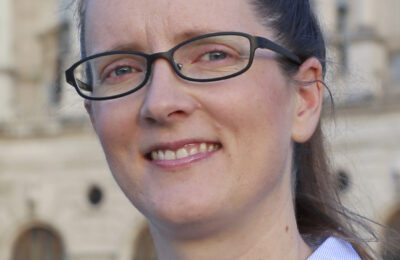Magdalena BLANZ
I am a postdoctoral researcher at the Vienna Institute for Archaeological Science (VIAS) and the Austrian Archaeological Institute, where I work on stable isotope ratios of bioarchaeological remains. Originally trained as an environmental analytical chemist, my interests have always been in analysing archaeological remains. For my PhD I focussed on the identification and interpretation of seaweed consumption by terrestrial mammals in archaeological contexts. During my postdoc, I am researching the first introductions of domesticated animals and plants into Europe, focussing on dietary patterns and plant growth conditions. I am particularly interested in method development and acquiring modern reference data for stable isotope ratio studies.

